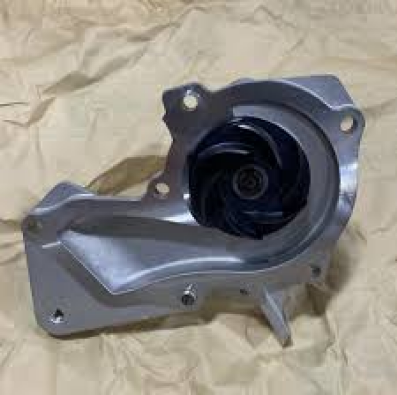- Messages
- 15
- Likes
- 5
- City
- Los Angeles
- State
- CA
- Country
- United States
- What I Drive
- 2012 Ford Fiesta
Hello everyone. I'm from the USA
I am at a stump on this car. I bought the car with the engine overheating and white smoke coming out of the exhaust.
I have replaced the head gasket, resurfaced the cylinder head, water pump, and thermostat. Now the car runs well with no misfires, but it still overheats.
I did a compression test and all of the cylinders were slightly above 110psi. (I was told by a ford technician 100-110psi is the normal compression range). There are no coolant leaks. I did a combustion gas test and it failed to detect exhaust gas in the coolant reservoir. And I pressurized the cooling system to 16.5psi and it only lowered to 15psi in 10 minutes.
White smoke from the exhaust is so still present when the car is warmed up after 10 minutes. But other than the overheating issue. The car runs great!
Does anyone know if my engine is ruined or is it still fixable? Thank you!!!
I am at a stump on this car. I bought the car with the engine overheating and white smoke coming out of the exhaust.
I have replaced the head gasket, resurfaced the cylinder head, water pump, and thermostat. Now the car runs well with no misfires, but it still overheats.
I did a compression test and all of the cylinders were slightly above 110psi. (I was told by a ford technician 100-110psi is the normal compression range). There are no coolant leaks. I did a combustion gas test and it failed to detect exhaust gas in the coolant reservoir. And I pressurized the cooling system to 16.5psi and it only lowered to 15psi in 10 minutes.
White smoke from the exhaust is so still present when the car is warmed up after 10 minutes. But other than the overheating issue. The car runs great!
Does anyone know if my engine is ruined or is it still fixable? Thank you!!!

